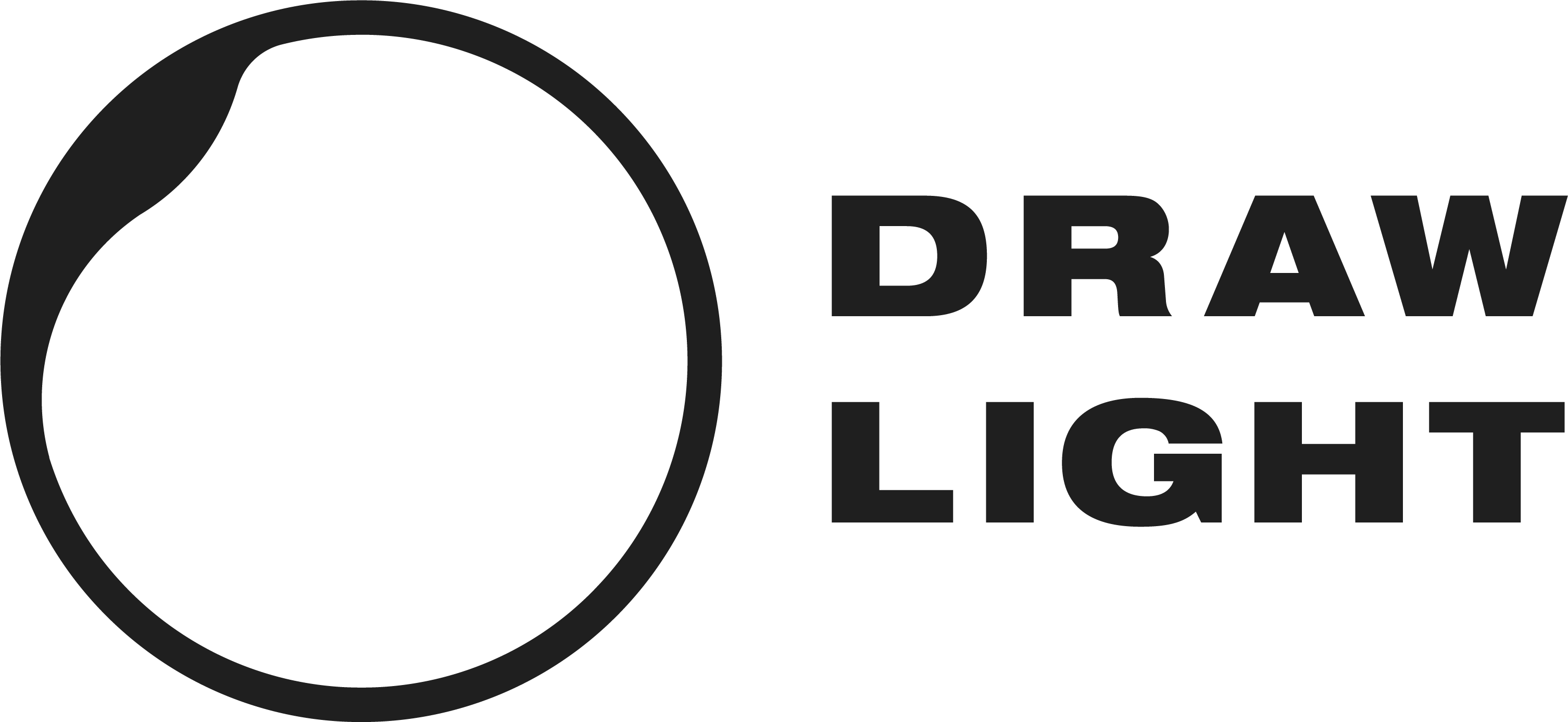Creativity and the Brain
A dialogue between art and science
Neuroscience:
Does it make sense to juxtapose art with science? As much as these two fields seem almost at odds with each other, in recent years these two disciplines have been paired together more and more often. In this article we are going to address the issue of creativity, not only a central aspect in art, but something much more.
Art and Science
It is very often believed that imagination and creativity are very much artistic themes and have nothing to do with science.
Yet, perhaps not everyone knows that, for years now, there has been an initiative at CERN in Geneva called “Arts at CERN“. This project involves collaboration between physicists and artists that, as forced as it may seem, has actually led to the development of interesting design projects from particle structures.
Art and science may be governed by different methodologies – on the one hand we have a subjective and free approach, on the other a scientific and objective one – but it is often overlooked that creativity and imagination can be two fundamental assumptions even for a theoretical physicist. When researchers formulate new hypotheses, they must be able to break away from the rigid patterns that knowledge has imposed on them and “let their imagination wander.”
Physics is not the only scientific discipline that has been juxtaposed with art in recent years.
With the development of neuroscience and cognitive science, the study of the human mind in different contexts has also increased. This is how neuroaesthetics was born, a discipline concerned with understanding the interaction between human beings and art in all its forms.
In this article we are going to talk about what creativity means and what are considered its neural bases.
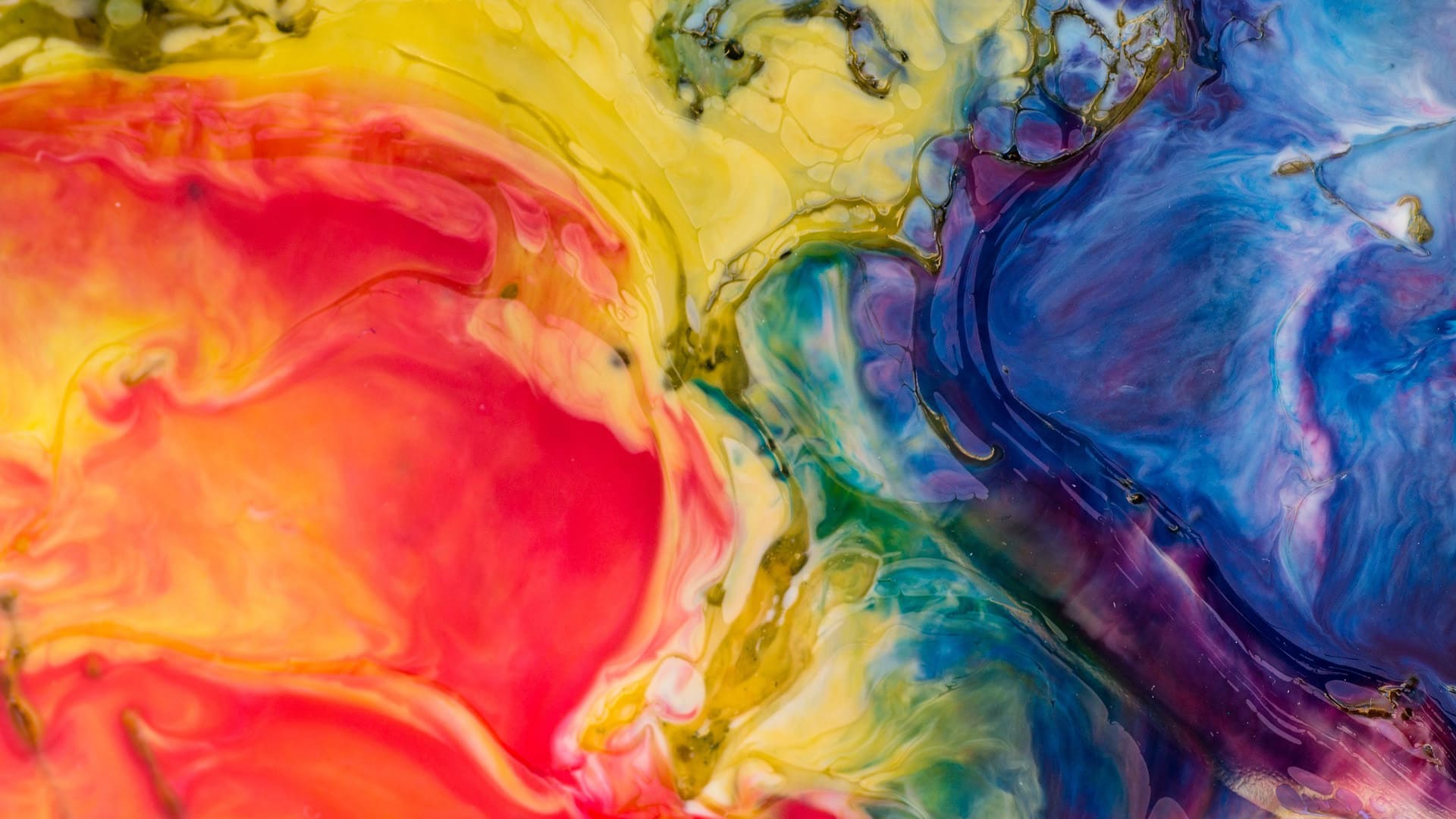
What is creativity
Creativity refers to the process through which something new is originated; this can be a physical object (a work of art or an invention) or intangible (an idea or a scientific theory).
There are many ways to be creative: painting, dancing, writing, developing theories… Is it possible that behind all these forms of creativity there is a common group of mental abilities?
Well, it certainly seems that all these forms of creativity depend on skills such as constructing metaphors, reinterpreting data, connecting independent ideas, resolving contradictions, and eliminating arbitrariness.
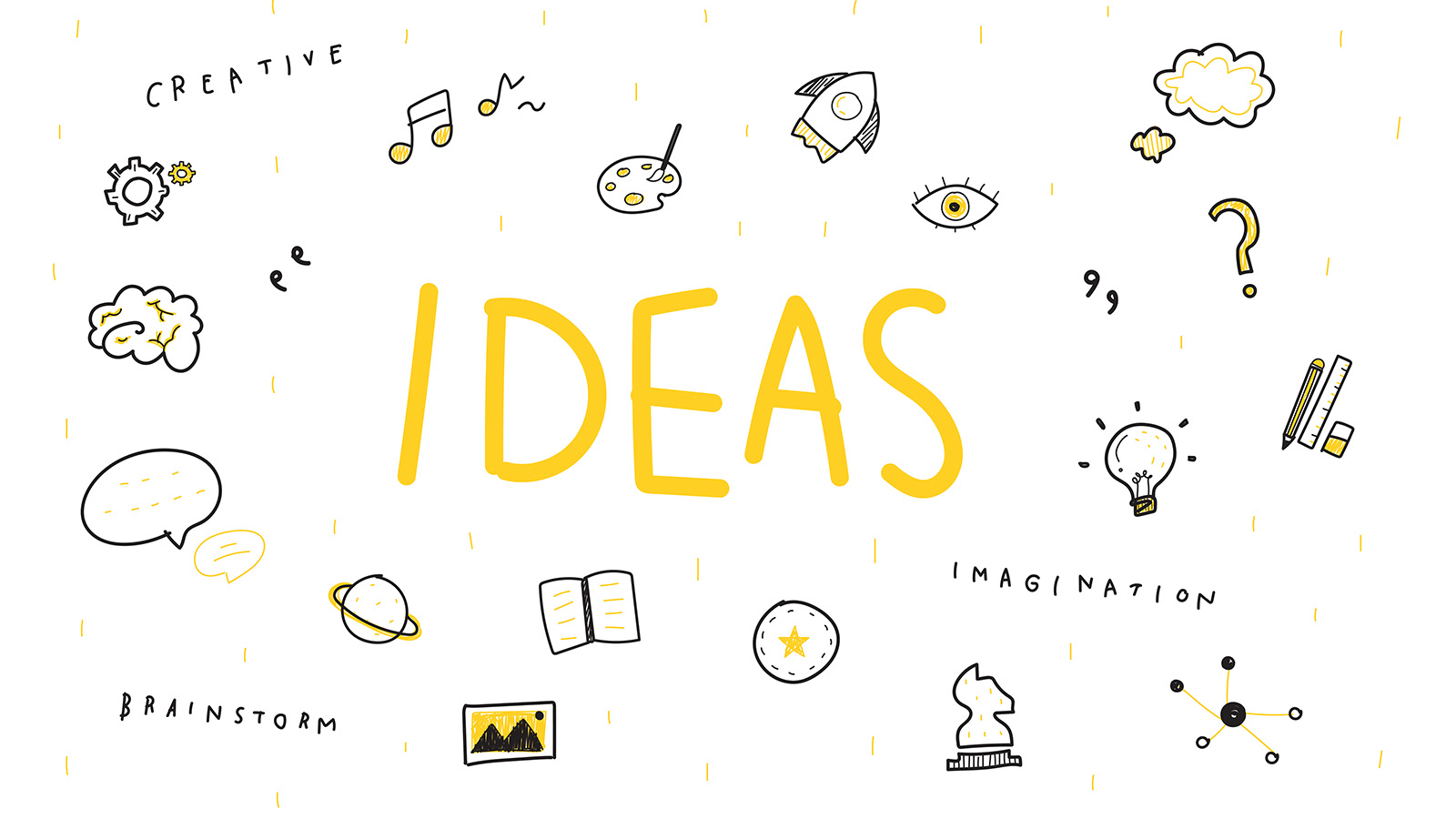
Phases of creativity
Researchers hypothesized that creativity may require four basic stages:
- Preparation, which is the gathering of prior knowledge and ideas. This is the stage when we consciously work on a problem and our brain tries to focus only on that and block out everything else
- Incubation, a period when we refrain from conscious thought and allow our unconscious to work
- Enlightenment, or the discovery of the solution, also known as “the Aha moment!”
- Verification
A creative solution can come about at the most unexpected time, which is often when we are not actively addressing the specific issue we were trying to solve.
Comparisons have been made between individuals who show different abilities to identify a “creative” solution to specific problems. What has emerged from this research is that creativity does not depend on a single part of the brain but rather on the combined work of multiple brain networks.
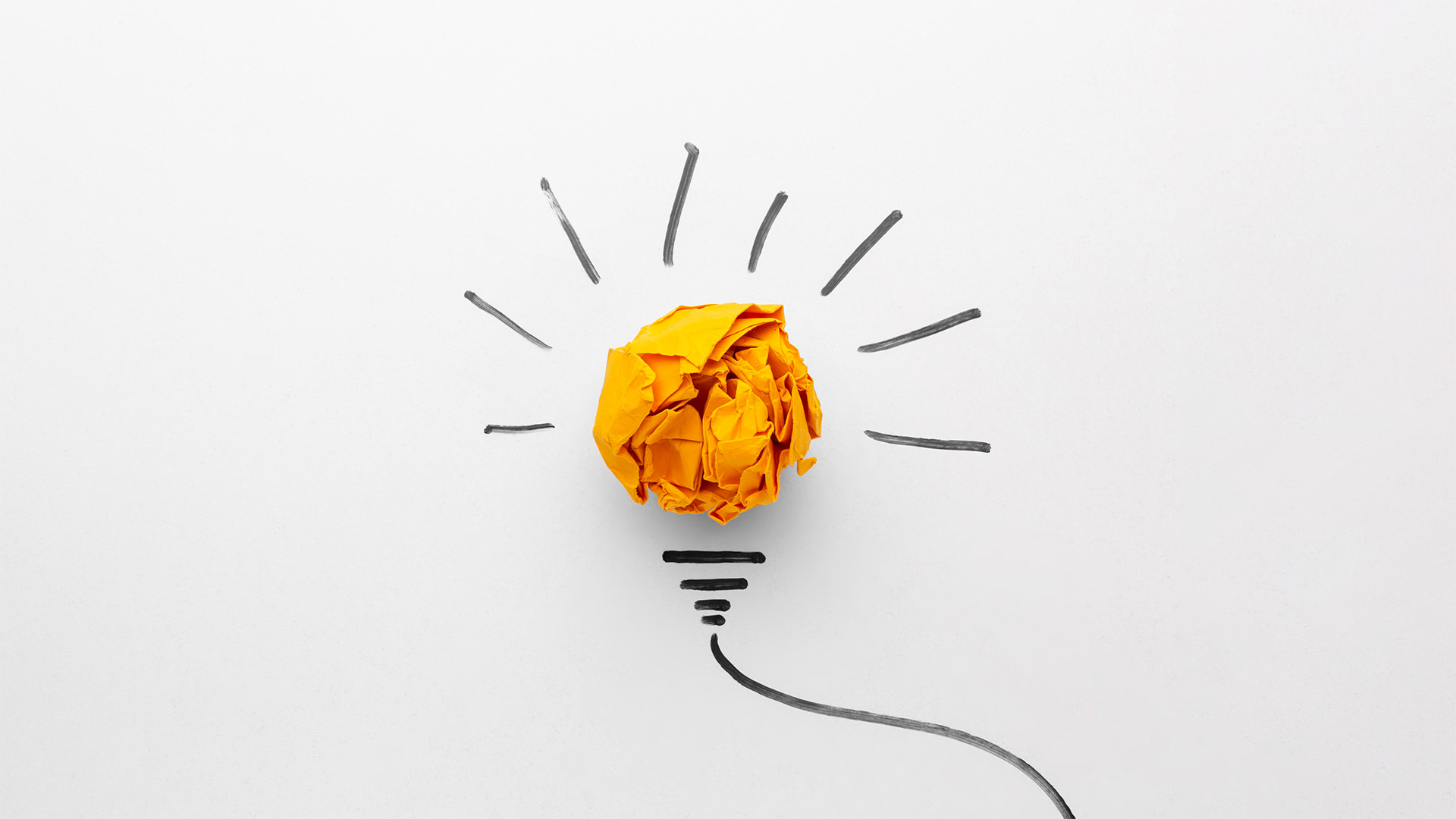
Brain areas devoted to creativity
Our brain is divided into two hemispheres, right and left, which communicate with each other during every cognitive process. The successful accomplishment of any task also depends on inhibitory and excitatory mechanisms of one hemisphere on the other interacting in complex harmony.
By training creativity, the connections between the left and right hemispheres appear reconfigured. Activity in the right prefrontal cortex – located behind our forehead – seems to ignore the inhibitory potential of the left hemisphere, which appears to be more related to analytical thinking. Thus, the interaction between the right and left prefrontal cortex may contribute to the production or inhibition of originality and creativity.
The frontal lobes are part of a network that is responsible for searching for and detecting novelty, a process that is fundamental to creativity.
Researchers have found that creative intuition is, in fact, the culmination of a series of transient brain states that operate in different places and for different lengths of time.
Thus, three networks were identified that somewhat reflect the various stages of the creative process:
- The Default Mode Network, a brain circuit that is related to reflection and daydreaming
- The Executive Control Network, which is activated when a person needs to focus attention on a specific task.
- The Salience Network, which is involved in switching from the default mode network to executive control and vice versa.
What can increase creativity
Some experimental evidence suggests that creativity could be stimulated by optimizing our surroundings with moderate levels of background noise, a tendentially warm temperature, and relative clutter. Then there are other components that may affect our degree of creativity: the quality of the people around us, having stimulating experiences, and trying to change perspectives to solve a problem.
To facilitate moments of creativity, people need to relax and let their minds wander. This allows the incubation process to take place in the best possible conditions. Psychologist Jonathan Schooler of the University of California at Santa Barbara argues that when people are distracted and let their minds wander, they allow ideas that were previously isolated to come together, revealing connections that had previously eluded them.
Freud himself pointed out that much of our mental life is unconscious, while we are only aware of the conscious part. Schooler’s view shows us that it is precisely the unconscious mental processes that are crucial to creative thinking. The validity of this hypothesis is clearly manifested in the well-known example of sleep.
Creativity and sleep
It appears that particular stages of sleep promote the reorganization of memories and knowledge into new combinations, thus facilitating creative processes. Some researchers have suggested that this process is made possible by the partial deactivation of frontal areas of the brain during sleep that would suspend the continuous supervision of rational conscious processing, allowing more creative processes to emerge.
Not surprisingly, many important scientific breakthroughs seem to have occurred after a night dream.
The link between sleep, dreams, and creativity was known well before the advent of neuroscientific research and was also exploited intentionally by some artists. The most famous example is certainly that of Salvador Dali, who not only used dreams as a source of inspiration for his surrealist paintings, but also used sleep proactively. His technique is known as “dozing with a key in his hand” and involved sleeping while sitting in an armchair with his arms dangling from the chair arms and a heavy key in his hand, held between his thumb and forefinger. On the floor, exactly under the key, a plate was placed so that when Dali fell asleep, the sound of the key falling on the plate would wake him up.
By using this method, the artist was able to wake up from a state that was precisely halfway between wakefulness and sleep. In this state the brain is able to produce so-called hypnagogic images (from the Greek “leading to sleep”) that often represent a mixture of recent experiences and unpredictable elements created by the sleeping brain.
Can machines be creative?
Is creativity unique to the human brain or is it inherent in all information processing devices that reach a certain level of complexity?
The image shown below was created by a text-to-image AI.
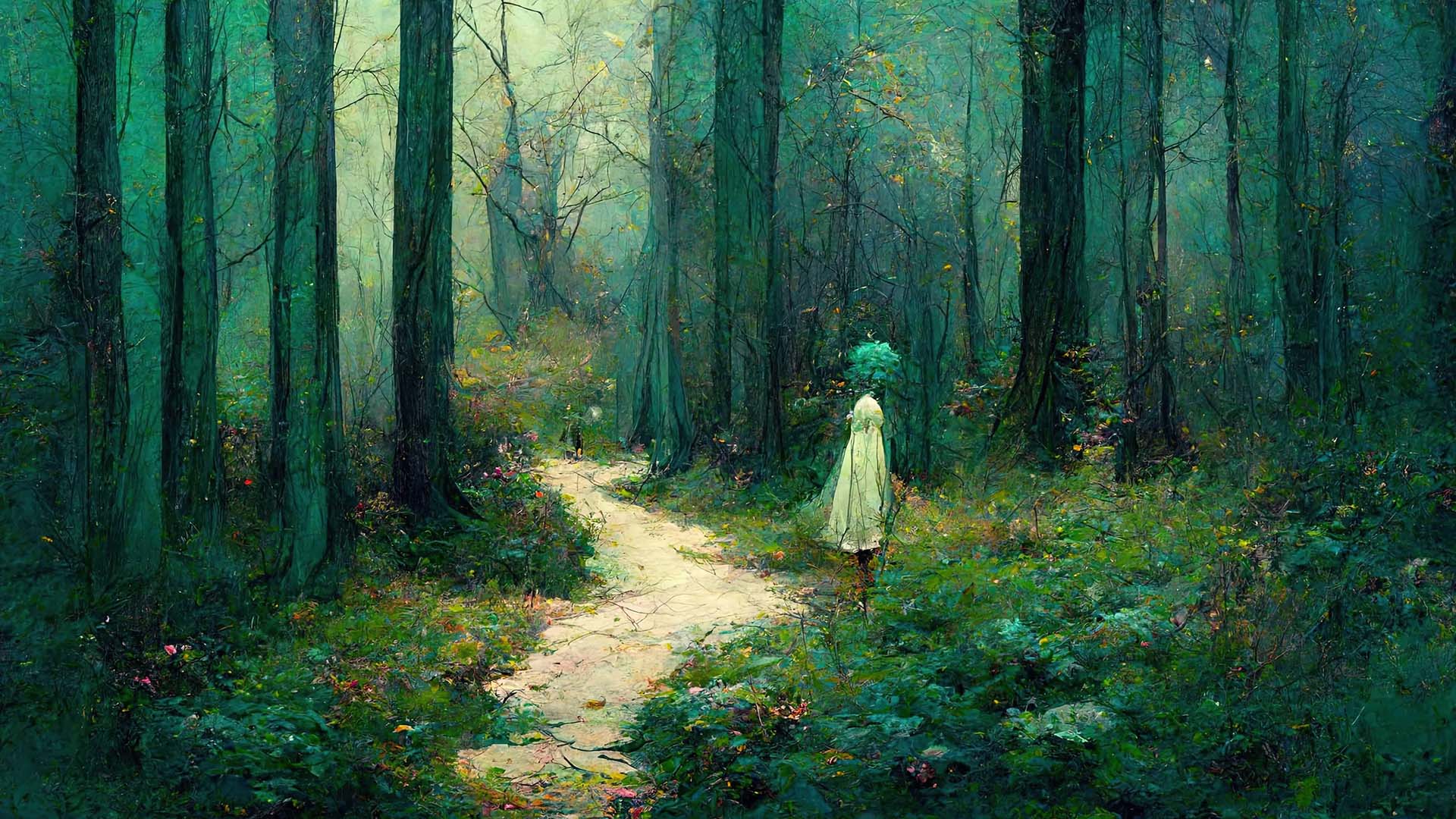
Artificial intelligence software such as Dall-e and Midjourney are able to create images from textual input that is typed in by the user. The works of art that are generated in this way exhibit such perfection that they appear to have been painted by real flesh-and-blood artists.
Can this be considered creativity? Here the question rightly arises as to whether these complex computational systems are in fact “thinking” like a human mind or are simply calculating data in an extremely sophisticated way.
Author and artificial intelligence science scholar Brian Christian has identified a substantial difference between human and artificial intelligence: the human brain can call on emotion and conscious attention to aid in decision making and make predictions, while a computer cannot.
As perfect as the paintings created by these innovative software programs may be stylistically, they still cannot emote like a Van Gogh painting.
It should also be considered that although the programs produce the image, the original idea and creativity still remain in human hands. This artificial intelligence software should therefore be seen more as brushes that the user uses to create a work of art. In fact, without a human being typing a sentence, these programs would not produce any images.
It would indeed seem, then, that creativity is a purely human prerogative.
Martina Zanotto
Psychologist, Neuroscience specialist
Read other articles on our Blog!
Bibliography
Eric R. Kandel, L’età dell’inconscio, Arte mente e cervello dalla grande vienna ai nostri giorni, Raffaello Cortina Editore, 2016
Innovation Trend Report, Neuroscience Impact Brain and Business, Intesa Sanpaolo Innovation Center
Come funziona il cervello, I fatti spegati visivamente, Gribaudo, 2021
